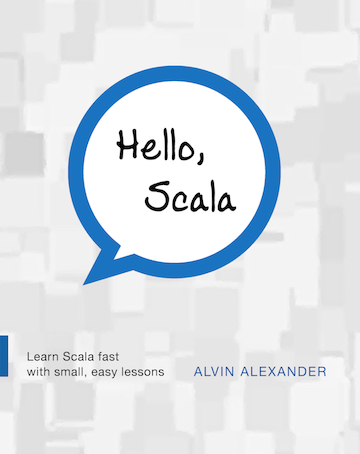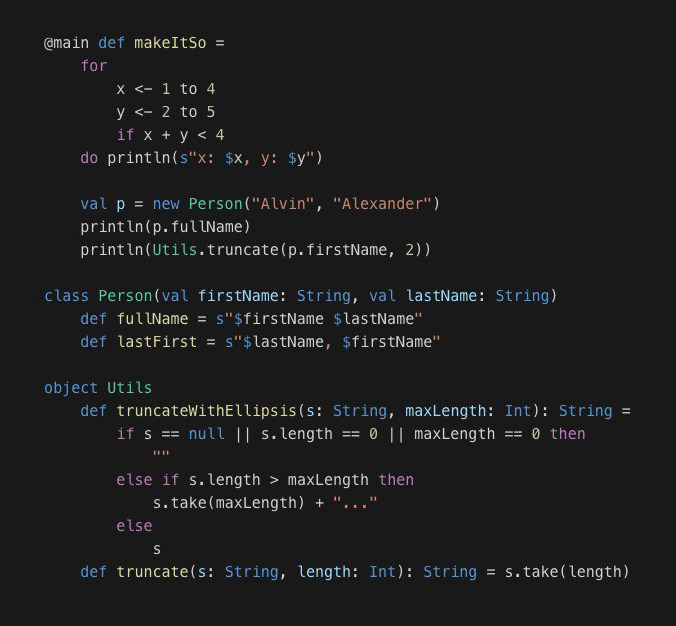How to set the Scala version in the SBT build.sbt configuration file
SBT FAQ: How do I set the desired Scala compiler version in the SBT build.sbt configuration file?
Set the value of the scalaVersion variable in your SBT build.sbt file. For instance, to use Scala 2.9.2, put an entry like this in the build.sbt file:
scalaVersion := "2.9.2"
To use Scala 2.10.0, put an entry like this in the build.sbt file:

